#grassland conservation
Explore tagged Tumblr posts
Text
From the article:
Andes Amazon Fund celebrates the creation of the Arroyo Guarichona Municipal Protected Area in the department of Beni, Bolivia. Home to floodplains, tributaries, expansive grasslands, vast forests, and evidence of pre-Columbian societies, Arroyo Guarichona safeguards both the cultural and ecological heritage of Northern Bolivia. The new area covers 492,815 acres (199,435 ha), and is home to Indigenous peoples, farmers, and local communities that pushed for the creation of the conservation area.
#conservation#indigenous conservation#endangered species#environment#hope#hopepunk#good news#biodiversity#ecology#ecological grief#ecoanxiety#grassland conservation#wildlife#land conservation#Amazon conservation#Bolivia
144 notes
·
View notes
Text

Desert grasslands whiptail lizard (Aspidoscelis uniparens), at San Pedro House. Like the related Sonoran spotted whiptail in the same genus, desert grasslands whiptails are an entirely female species, and all reproduction is by parthenogenesis.
Etymology note: Aspidoscelis is derived from Ancient Greek words meaning shield leg, and the specific uniparens – forgive the pun, it is intentional – should be apparent.
#photographers on tumblr#desert grasslands whiptail lizard#Aspidoscelis uniparens#parthenogenesis#San Pedro House#San Pedro Riparian National Conservation Area#Cochise County#Arizona
63 notes
·
View notes
Text

It’s Tell a Friend Friday! Please enjoy this picture of a tallgrass community at Konza Prairie in the Flint Hills of Kansas.
Then tell someone you know about my work–you can reblog this post, or send it to someone you think may be interested in my natural history writing, classes, and tours, as well as my upcoming book, The Everyday Naturalist: How to Identify Animals, Plants, and Fungi Wherever You Go. Here’s where I can be found online:
Website - http://www.rebeccalexa.com
Rebecca Lexa, Naturalist Facebook Page – https://www.facebook.com/rebeccalexanaturalist
Tumblr Profile – http://rebeccathenaturalist.tumblr.com
BlueSky Profile - https://bsky.app/profile/rebeccanaturalist.bsky.social
Twitter Profile – http://www.twitter.com/rebecca_lexa
Instagram Profile – https://www.instagram.com/rebeccathenaturalist/
YouTube Profile - https://www.youtube.com/@RebeccaLexaNaturalist
LinkedIn Profile – http://www.linkedin.com/in/rebeccalexanaturalist
iNaturalist Profile – https://www.inaturalist.org/people/rebeccalexa
Finally, if you like what I’m doing here, you can give me a tip at http://ko-fi.com/rebeccathenaturalist
#Tell a Friend Friday#prairie#tallgrass#tallgrass prairie#grassland#ecology#nature#landscape#landscape photography#nature photography#grass#plants#native plants#Kansas#Konza Prairie#conservation
34 notes
·
View notes
Link
To understand how grasslands became “wastelands,” we need to understand how British colonists valued the high-quality timber of India’s forests. They harvested trees for construction, laying railway lines in India, and shipbuilding, all of which supported Britain’s economic expansion and war efforts. The British also undertook plantation operations to maintain the supply of timber. This led to the formation of the Imperial Forest Service, whose main mandate was to aid in British silviculture. At the same time, the British government created the baze zamin daftar (wasteland department) to map and control areas, like grasslands, that they deemed economically useless.
The forest service also called grasslands “degraded forest,” because they believed these more open swaths of land could have held forests but for what they called the “destructive” practices of the Indigenous and pastoral communities living there. Both these designations ultimately motivated the conversion (or “restoration”) of grassland habitats into forested landscapes, as we show in a recently published paper that critically analyzes grassland conservation policies in India. This also ushered in the displacement of Indigenous and pastoral communities that depended on grasslands for livelihood. Colonial authorities criminalized (through regressive acts like the Criminal Tribes Act of 1871) communities and unjustly denied them any control over these “wastelands.” The colonial government was particularly wary of pastoral or “wandering” communities and invoked the Criminal Tribes Act to penalize them for activities that included grazing of livestock—an important mechanism to maintain grassland habitats. As Atul Joshi and colleagues report in their paper on the colonial impact of forestry on the high-altitude shola grasslands, colonial officers also began converting such grasslands into fuelwood plantations of Acacia and Eucalyptus to supply to settlers, while prohibiting Indigenous communities from using them for firewood.
As forests are ecologically complex, so are grasslands. They range from the dry and semiarid grasslands of Central and Western India, to wet grasslands on riverbanks of the Himalayas, to high-altitude grasslands in the Western Ghats and cold desert grasslands in North India. These lands also have deep cultural significance based on their role in pastoralism or fire practices. Yet, the historical framing of grasslands—and indeed other non-forested ecosystems—as “wastelands” continues to hamper preservation efforts.
Whereas colonial officers had economic motivations for converting grasslands, today governments worldwide are banking on forests and foresting to mitigate climate change. To this end, there are global efforts to map potential areas for afforestation initiatives, but these efforts often identify grassland ecosystems as good candidates for afforestation, threatening more than one million square kilometers of grasslands in Africa, for example. In India, we find something similar: large areas of grasslands earmarked for large-scale afforestation activities.
Yet, grasslands could be equally good—if not better—at storing carbon. Apart from being costly and flawed, a carbon sequestration-based strategy also neglects the ecological and social value of grasslands by converting them to monoculture forests, which do not provide the same ecological benefits.
657 notes
·
View notes
Text
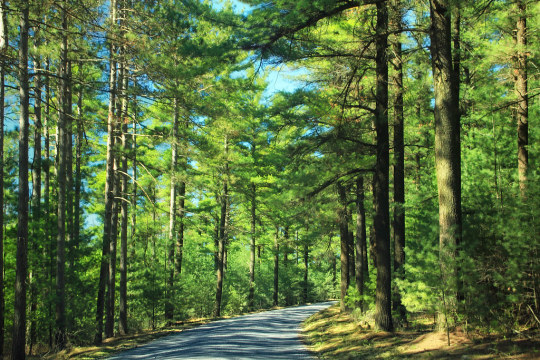
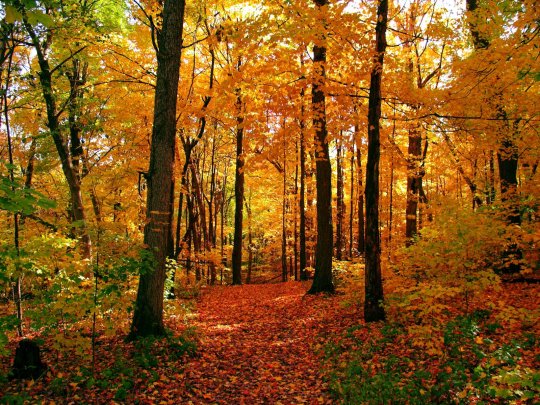
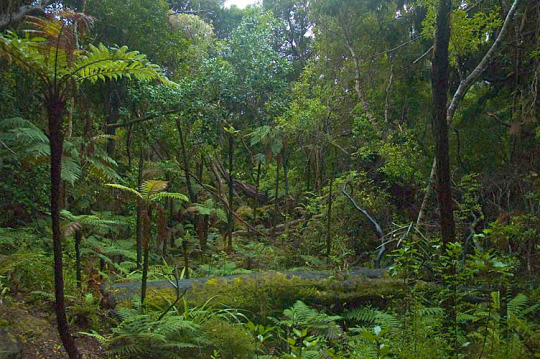

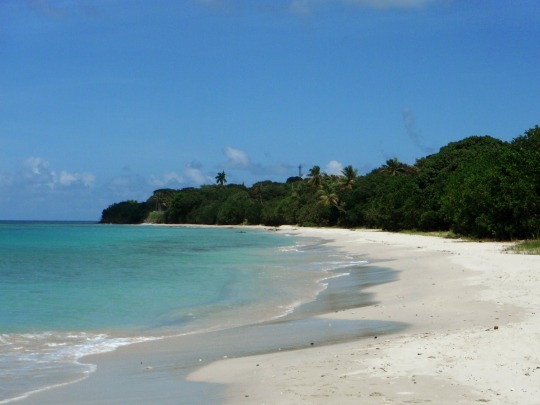

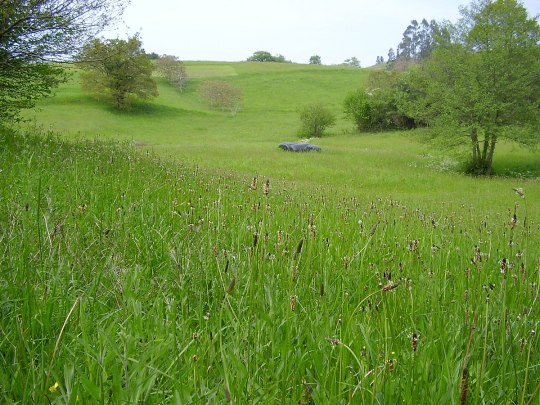
Hey, I'm heavily interested in the kinds of environments people generally experience and care about, and I'll be making a few polls like this with slightly differently phrased questions. I am coming at this from a mostly American perspective to narrow things down and also because I feel like a lot of my followers are probably American, so keep that in mind.
As always, please reblog for a larger sample size. I greatly appreciate any participation!
638 notes
·
View notes
Text
Animal of the Day!
Desert Grassland Whiptail Lizard (Aspidoscelis uniparens)
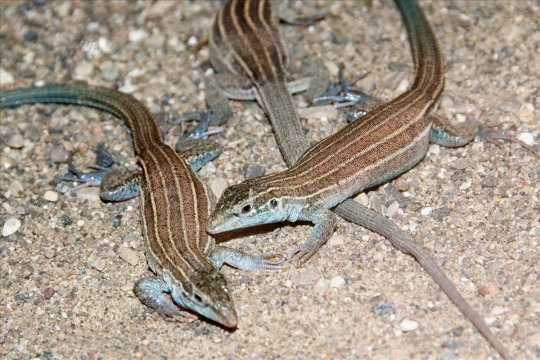
(Photo from Toronto Zoo)
Conservation Status- Least Concern
Habitat- Northern Central America; Southwestern United States
Size (Weight/Length)- 13 cm
Diet- Insects
Cool Facts- The desert grassland whiptail lizard woke up one day and decided that men were unnecessary in their lives. Every single one of these lizards you see are females and almost genetically identical to each other. The whiptails are capable of parthenogenesis, meaning they can have clone babies without a male. The easiest way to identify the age of the lizard can be found on their tail. The younger they are, the bluer their tail. This helps younger lizards escape predators as the bright color is attractive, making a bird go after their tail rather than their head. When their tail is attacked, the desert grassland whiptail lizard drops its tail and runs away. After a few months, the tail regrows and the lizard lives on.
Rating- 12/10 (Creating a lesbian army to conquer the world.)
Requested by @v-spicata
#animal of the day#animals#reptiles#lizards#wednesday#june 21#desert grassland whiptail lizard#whiptail lizard#biology#science#conservation#the more you know
170 notes
·
View notes
Text

Look at this majestic giant roaming through the grassland! 🌾🐘 Elephants are truly one of nature's miracles. This illustration captures an adult elephant in its prime, displaying a powerful yet serene presence. The intricate lines emphasize its enormous ears that flap like gentle wings to regulate its temperature, and its long, graceful tusks – a reminder of the strength and wisdom carried through generations. Notice the wrinkles and folds in its skin? These are not just random patterns but nature's masterpiece, helping the elephant retain moisture and stay cool under the scorching sun.
Its trunk, a marvel of nature, is not just a nose; it’s a multipurpose tool used for feeding, drinking, and even social interactions. Seemingly casual stride but every step resonates with the earth, reminding us how interconnected we are to this gentle giant's world. 🐘✨ Let's protect and cherish these extraordinary beings, ensuring they continue to inspire awe in generations to come. 🌍💚
#elephant#wildlife#nature#conservation#grassland#majestic#tusks#trunk#serene giant#illustration#art#nature lover#protect wildlife#animal kingdom#safari dreams#gentle giant#wildlife wonders
14 notes
·
View notes
Text

#impala#Black-faced Impala#africa#wildlife#safari#nature#kalahari#animal#wildlife photography#african animals#etosha#etosha national park#savannah#animals of africa#animal photography#travel blog#national park#namibia#travels#outdoor photography#african#namibian#wildlife photo#savana#grassland#kiss#smooch#endangered#conservation
11 notes
·
View notes
Text
prairie posting

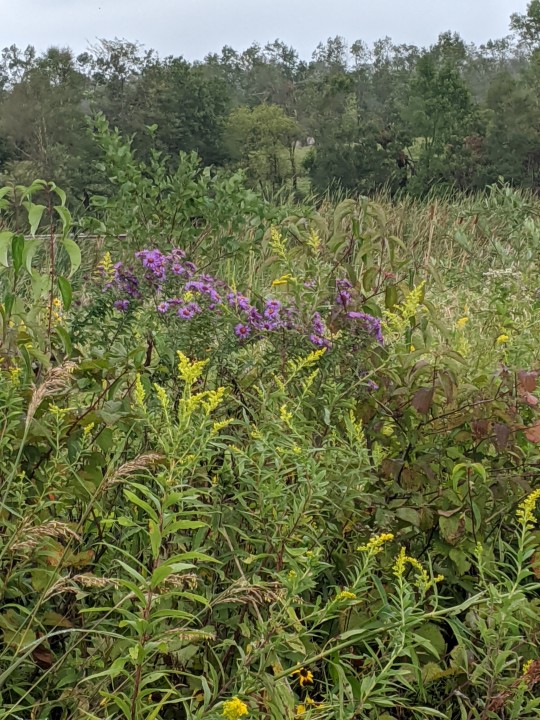
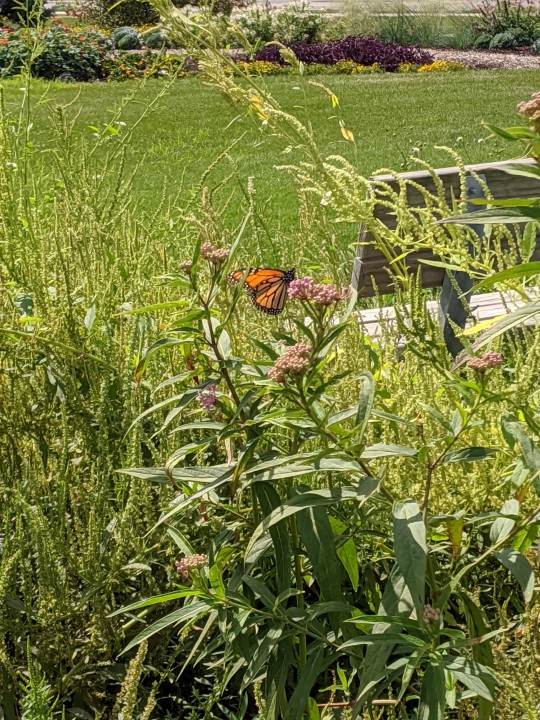
grasslands are endangered ecosystems! all over the world, just fractions of percentages are left of each kind. find out what grasslands exist near you and grow some local plants! it really helps your ecosystem and its good for the soul :)
23 notes
·
View notes
Text
I hate how half of people think "natural climate change = humans cause all climate change" & the other half thinks "natural climate change = no climate change is caused by humans at all"
"the Earth's climate naturally changes over time" & "human activity has caused rapid, unstable climate change" can & should co-exist
#this ties in with my annoyance surround the whole ''humans caused megafauna to go extinct''#which 1: isn't true because we still very much have megafauna today#& 2: what humans did back then is nowhere near what has been happening more recently#species like mammoths went extinct for a multitude of reasons & ''humans hadn't invented conservation yet'' is not one of them#like yes humans hunted mammoths. but they were already going extinct due to natural climate change#their ecosystems were shrinking due to the Earth warming & there being less grasslands for them to survive#what were humans supposed to do? make zoos for the animals they eat & preserve them instead#just so they don't get compared to billionaire oil executives??#we sure as shit didn't help them survive but like. why. why help mammoths stay extant#i fucking love conservation but it being necessary does not make it any less of a luxury#the ecosystems that mammoths lived in are not the same as what we have today so bringing them back is stupid imo#if we're gonna spend money on something spend it on conserving extant but endangered species & ecosystems#''put mammoths & miracinonyx in northern canada'' are you fucking stupid. do you have a brain in your head or is there just CO2#saw someone say we should do that but also put them in florida too & i honestly just don't have anything to say but you're stupid
2 notes
·
View notes
Text
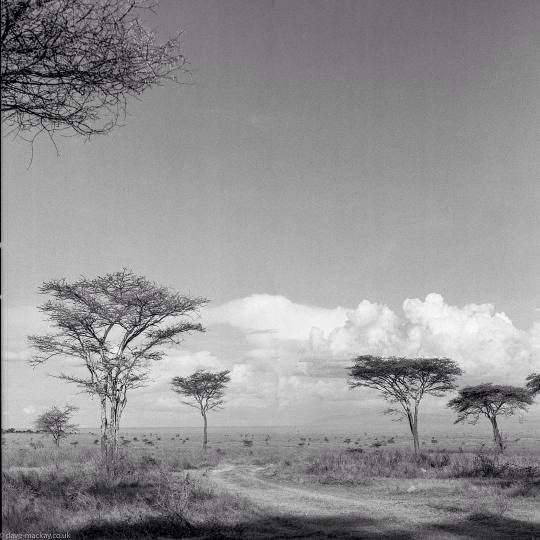
Tanzania 2016.
#wilderness#conservation#blackandwhiteisworththefight#filmphotographic#serengeti#africa#kodak400tx#trees#grassland#hasselblad500cm#filmsnotdead#believeinfilm#ngorongoro#legendaryexpeditions#mbono
6 notes
·
View notes
Text
#30x30#agriculture#biodiversity#biodiversity loss#biodiversity net gain#butterflies#candice gaukel andrews#climate change#conservation#cotswolds#england#environment#europe#global warming#grassland butterfly indicator#natural habitat adventures#nathab#nature#nature restoration law#rewilding#science#science and environment#scientific research#scotland#wild#wildlife#world wildlife fund#wwf
2 notes
·
View notes
Text

Untitled.
#photographers on tumblr#landscape#sabayon grasslands#San Pedro Riparian National Conservation Area#Cochise County#Arizona
42 notes
·
View notes
Text

It’s Tell a Friend Friday! Please enjoy this picture of Konza Prairie, one of the largest remnant tallgrass prairies in the United States.
Then tell someone you know about my work–you can reblog this post, or send it to someone you think may be interested in my natural history writing, classes, and tours, as well as my upcoming book, The Everyday Naturalist: How to Identify Animals, Plants, and Fungi Wherever You Go. Here’s where I can be found online:
Website - http://www.rebeccalexa.com
Rebecca Lexa, Naturalist Facebook Page – https://www.facebook.com/rebeccalexanaturalist
Tumblr Profile – http://rebeccathenaturalist.tumblr.com
BlueSky Profile - https://bsky.app/profile/rebeccanaturalist.bsky.social
Twitter Profile – http://www.twitter.com/rebecca_lexa
Instagram Profile – https://www.instagram.com/rebeccathenaturalist/
YouTube Profile - https://www.youtube.com/@RebeccaLexaNaturalist
LinkedIn Profile – http://www.linkedin.com/in/rebeccalexanaturalist
iNaturalist Profile – https://www.inaturalist.org/people/rebeccalexa
Finally, if you like what I’m doing here, you can give me a tip at http://ko-fi.com/rebeccathenaturalist
#Konza Prairie#Konza#prairie#tallgrass prairie#grassland#nature#landscape#landscape photography#nature photography#Tell a Friend Friday#naturalist#ecology#conservation#habitat restoration#biodiversity#Kansas
17 notes
·
View notes
Text
Cutting down trees to bring back grass may seem puzzling in a time of climate change, as forest conservation and tree-planting have become popular ways to keep carbon out of the atmosphere. But it is exactly what we should do in some parts of the Southeast. The climate and biodiversity crises are twin-barreled problems. We can’t afford to rob biodiversity to pay for the climate. And grasslands are surprisingly good at pulling carbon out of the atmosphere. A single sunflower might not be the carbon hog that an oak tree is, but grass’s deep root systems store the element deep underground, where it can take hundreds or thousands of years to return to the atmosphere. What’s driving the grassier vision for the Southeast’s future is a revolution in our understanding of its natural history. For the past century, the commonly held belief was that forests once covered most of the region from the Atlantic Ocean to the Mississippi River. But we now know that’s not true. “We went from thinking grasslands were these small islands in a sea of forest to now looking at these landscapes as having been probably three times that size, possibly about as much as 40 percent of the Southeastern landscape,” said Dwayne Estes, a co-founder and executive director of the Southeastern Grasslands Institute. His colleague Reed Noss was among the first to document the region’s botanical history, in a 2012 book titled “Forgotten Grasslands of the South.” It synthesized research from climatologists, anthropologists, historians and others to show that much of the Southeast was a string of large and small grassland ecosystems with tremendous biodiversity.
119 notes
·
View notes
Text







Hey, I'm heavily interested in the kinds of environments people generally experience and care about. This is part three of my three polls about this topic. I am coming at this from a mostly American perspective to narrow things down and also because I feel like a lot of my followers are probably American, so keep that in mind.
As always, please reblog for a larger sample size. I greatly appreciate any participation!
203 notes
·
View notes